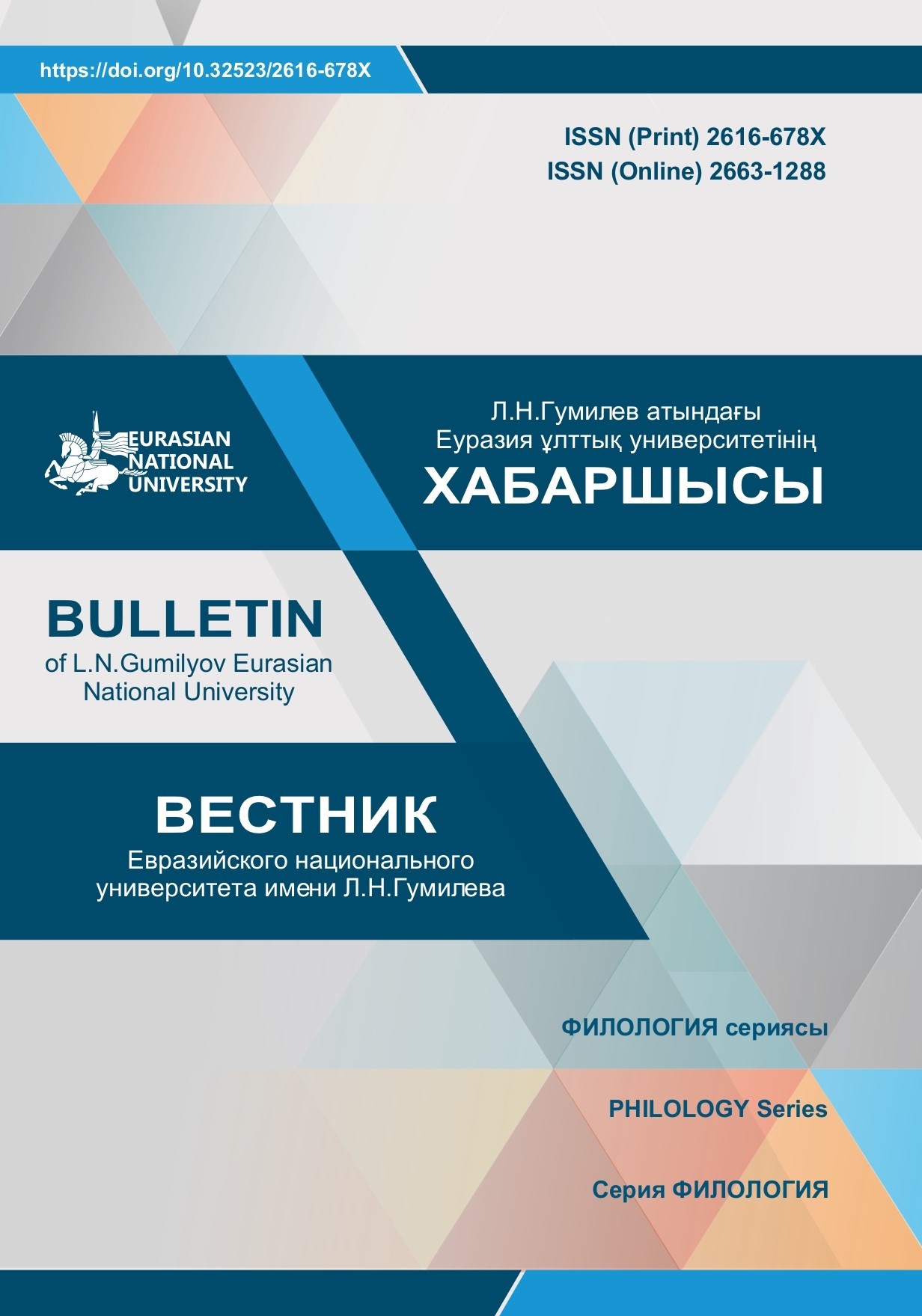Historical vowel change (based on the work «Shezhire-i terakime”)
Views: 244 / PDF downloads: 324
Keywords:
social network Language, colloquialization, expressivenessAbstract
. This paper presents a lingual-stylistic description of social network communication in the Kazakh-language. Kazakh language exists in two forms: written and oral. Nowadays virtual communication has become the third sphere where Kazakh language is used. Social Network Communication has its own peculiarities just as the oral and written communication. The following examples of network communication characteristics are given in this article: 1) anonymity; 2) network communication is based on network user’s willing; 3) usage of non-verbal techniques in addition to the content to convey emotionality; 4) deviation of network communication activities from standard norms.
The language used in social networks is characterized by colloquialization, expressiveness, polycode, vulgarity, and cheapness of speech, as well as unmotivated multilingualism. The concept of colloquialization refers to the introduction of words characteristic of the spoken language into the literary norm. Expressiveness in the social network is used to express network users’ words in a way that is clear, expressive, and has a strong impact, according to the intended goals. In addition to natural language units, texts in social networks consist of graphic, font, and visual tools. It is a sign of the polycode nature of the network language. Some communication features in social networks lead to speech culture rudeness and cheapness. The ways of these features appearance and the impact on language levels will be discussed in the paper.







